Multimedia Glossary
Multimedia Glossary
Hi, my name is Marc-Antoine Beauvais, I am 25 years old, and I am studying at Bois-de-Boulogne College in the technique Multimedia Integration for two years. I created this game development glossary to help new students in multimedia better understand important technical terms used in the video game industry. Many students in the Multimedia Integration program are not very familiar with the technical language of game development. This glossary aims to solve that problem by teaching essential vocabulary in a simple and visual way. It includes 13 key terms, each accompanied by a representative image, a French translation, and an example sentence showing how the term is used in context. To build this glossary, I selected words that are frequently used in the field of game development. I found the definitions mainly from the Game Development Guide website and also used Wikipedia for additional reference. My goal is to make game development concepts more accessible for beginners and help them feel more confident as they start learning about this exciting field. I invite you to explore this glossary, learn the terms, and refer back to it whenever you encounter unfamiliar words during your studies.
- agile development
- noun
- Agile methodology is a project management approach that emphasizes flexibility, collaboration, and continuous improvement. It breaks projects into smaller, manageable cycles called sprints, allowing teams to adapt to changes and deliver value incrementally. Agile focuses on working together and making constant improvements by repeating cycles of planning, work, and review.
- Example: Our team improved productivity significantly after adopting the agile methodology to project management.
- en: méthodologie agile

- analytics
- noun
- Player behavior data that the game collects and sends to the developers, to help them make decisions on how to improve the game play, performance, or monetization.
- Example: The marketing team uses analytics to better understand customer behavior and optimize campaign performance.
- en: analytique

- asset
- noun
- In game development, an asset is any digital content used to create and populate a game. This includes visual elements like 2D and 3D models, textures, and animations, as well as audio assets like sound effects and music. Essentially, it's anything that a game designer or artist creates to bring the game world to life.
- Example: The artists are working hard to create new assets for the upcoming game update.
- en: ressource or élément.

- behaviour tree
- noun
- Behaviour Tree is a hierarchical decision-making model used in game development, particularly for controlling the behavior of non-player characters (NPCs). It organizes complex, reactive, and goal-driven AI behaviors in a modular, readable, and scalable way. In a behaviour tree, individual actions and decisions are represented as nodes arranged in a tree structure. These nodes are executed in a specific order depending on their type and status, allowing the AI to choose what to do based on conditions and the current game state.
- Example: The enemy AI uses a behaviour tree to decide whether to patrol, chase the player, or take cover based on the situation.
- en: arbre de comportement

- build
- noun
- A specific version of a game, either during development or after it has been released; usually stamped with a unique version number that is incremented each time the game is built during productions.
- Example: The team created a new build of the game to test the latest features and fixes.
- en: build (there is no French translation for this term).

- coding
- verb
- The act of writing instructions in a programming language that a computer can understand and execute. It involves creating software, websites, apps, or systems by using code.
- Example: She spends her evenings coding a new mobile application.
- en: coder

- debugging
- verb
- Debugging is the systematic process of identifying, analyzing, and resolving bugs or defects in computer software or hardware. It involves examining code or system behavior to find the source of unexpected results, crashes, or performance issues, and then correcting the underlying problem to improve the program's functionality and reliability. Debugging can include various techniques such as using debugging tools (e.g., breakpoints, step-through execution), reading error messages or logs, testing code in small sections, or rewriting parts of the code. It is a critical part of the software development and maintenance process.
- Example: After hours of debugging, the developer discovered that a missing semicolon was causing the program to crash.
- en: débogage
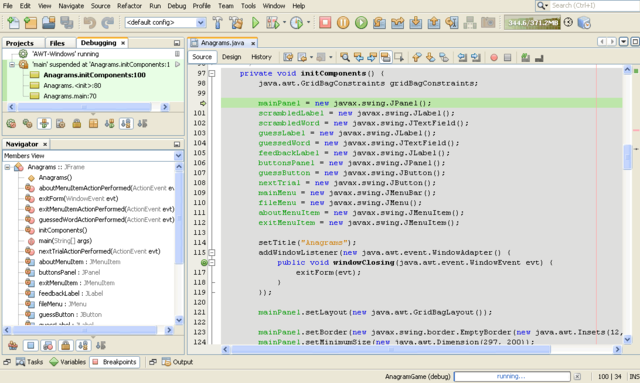
- extrude
- verb
- To extrude means to extend a 2D shape or a face of a 3D object outward to create new geometry. It is a common modeling technique used to add depth, volume, or detail to a mesh by pulling out faces, edges, or vertices.
- Example: I extruded the top face of the cube to create a simple tower shape.
- en: extruder
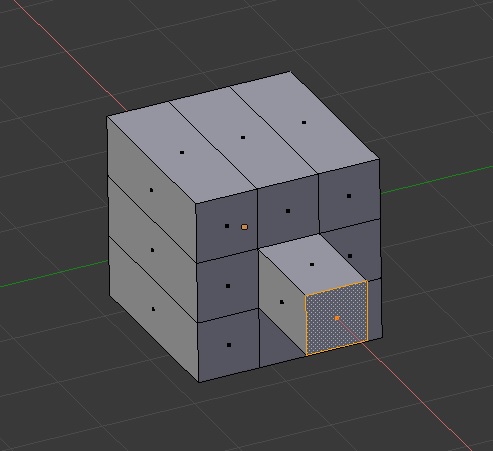
- game engine
- noun
- A game engine is a software framework designed for creating video games. It provides developers with the tools and APIs (Application Programming Interfaces) needed to build various aspects of a game, including AI, animation, physics, and audio. Game engines are essentially a foundation upon which game logic and assets are built, handling the technical details of rendering graphics, managing game events, and more.
- Example: The game was developed using a powerful game engine that supports realistic physics and high-quality graphics.
- en: moteur de jeu

- gold master
- noun
- In video game production, a Gold Master (often abbreviated as GM) refers to the final, approved version of a game that is considered complete and ready for mass production, distribution, or digital release. This version has passed all quality assurance (QA) testing, complies with platform requirements (such as those from Sony, Microsoft, or Nintendo), and includes all finalized assets, code, and content. The term comes from traditional software and media production, where the “gold master” was the physical disc or file sent to manufacturers to create copies. In modern game development, especially with digital distribution, the gold master is the version submitted to platform holders or publishers for certification and release. Once the gold master is finalized, the game is "locked," and only critical updates or patches (known as day-one patches) may be created afterward.
- Example: After months of testing and bug fixing, the development team finally submitted the gold master to the publisher for certification.
- en: version final du jeu
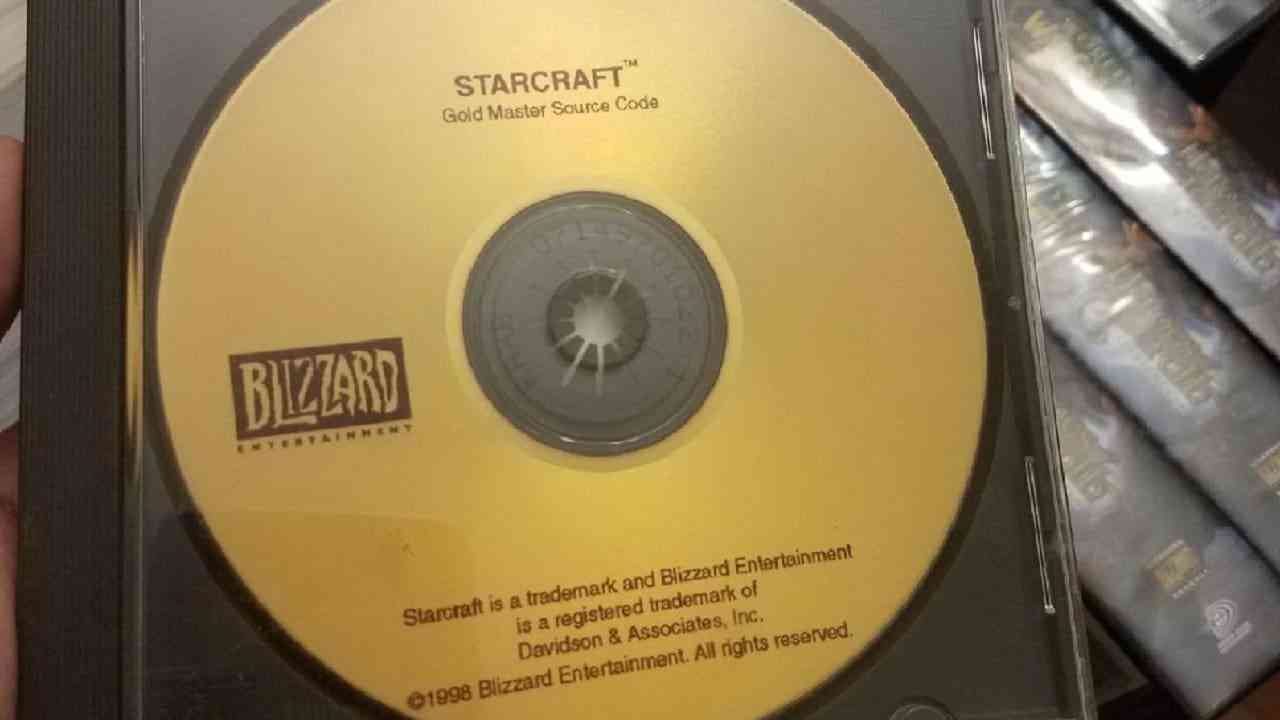
- hitbox
- noun
- In video games, a hitbox is an invisible, virtual shape (2D or 3D) that represents the area where a character or object can be hit or interact with other objects. It's used for collision detection, determining when and where attacks or interactions occur.
- Example: The character's hitbox is too large, making it easy for opponents to land attacks.
- en: boite de collision
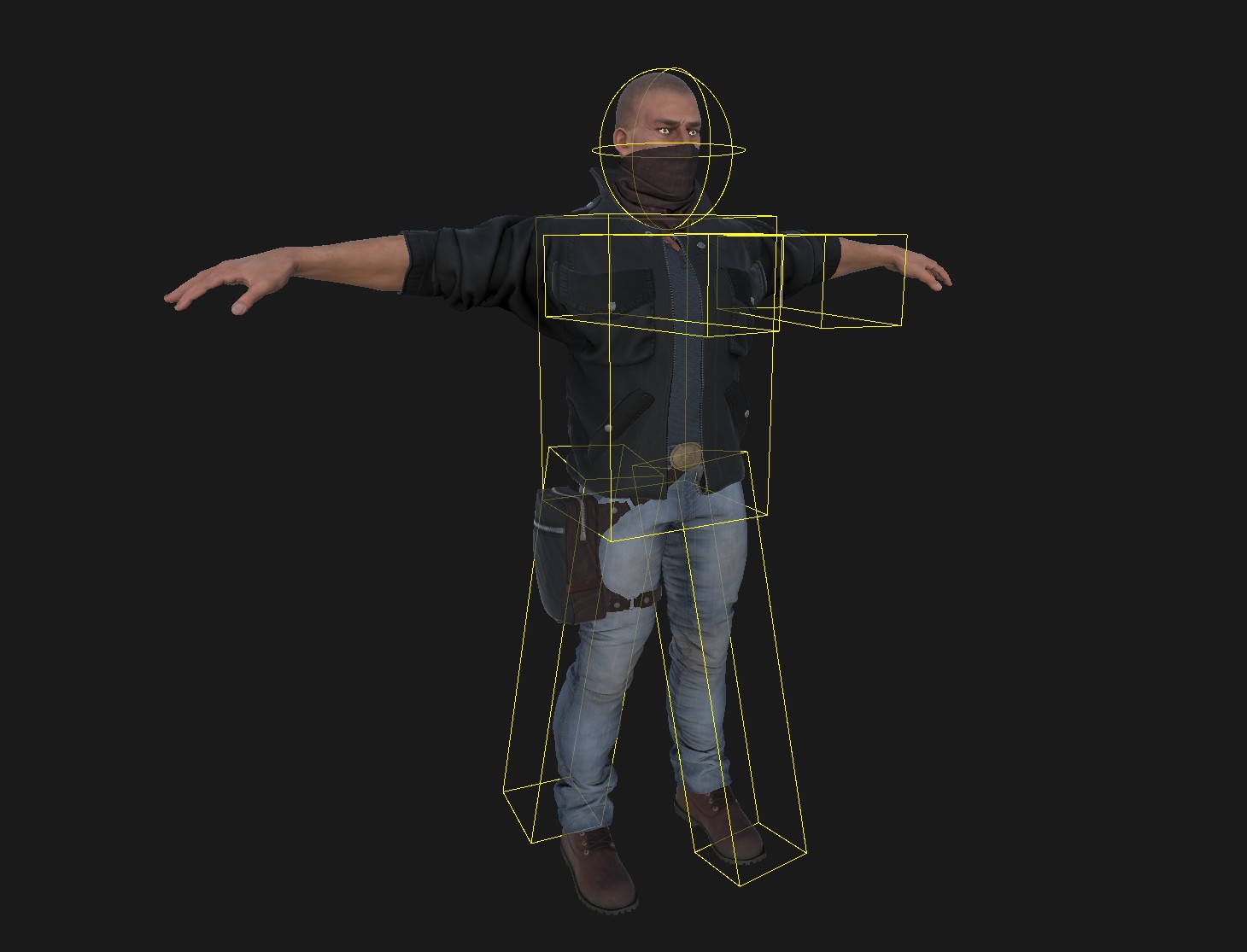
- milestone
- noun
- Pre-planned date during a game’s production cycle, where the game team has agreed to deliver a certain amount of work by a certain date. Game productions have multiple milestones, used to track whether the production is on schedule for the planned launch date.
- Example: Completing the level design milestone was crucial before moving on to character animation.
- en: étape importante
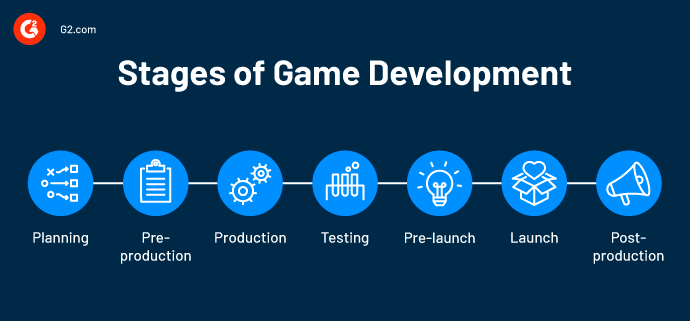
- playtesting
- noun
- In the video game industry, playtesting is the process of having real players test a game in development to evaluate its design, functionality, and overall enjoyment. This feedback helps developers identify and address issues before the game were released, improving the quality of the experience for the intended audience.
- Example: Playtesting helped the developers discover several glitches before the game’s official release.
- en: tests de jeu or essai de jeu

- portfolio
- noun
- A portfolio in game development is a curated collection of a developer's or artist's best work that showcases their skills, creativity, and experience in creating games or game-related content. It typically includes game projects, prototypes, artwork, animations, code samples, design documents, and videos that demonstrate the individual's abilities in areas such as programming, game design, 3D modeling, animation, UI/UX, or sound design. A strong portfolio is essential for job applications, internships, freelance work, or collaborations within the game industry. It not only highlights technical competence but also shows problem-solving skills, artistic vision, and the ability to work in a team or follow a complete game development pipeline.
- Example: To apply for the game design position, she submitted a portfolio showcasing her level designs, game prototypes, and user experience improvements.
- en: portfolio

- render
- noun, verb
- To render means to process and generate the final image or sequence of images (frames) from a 3D scene. This involves calculating lighting, shadows, textures, colors, reflections, and other visual effects to create a realistic or stylized output that can be viewed as a still image or animation. Rendering transforms the raw 3D data and animation into a polished visual format suitable for films, games, or presentations.
- Example: 1 : The artist spent several hours waiting for the computer to render the final animation with all the lighting and textures. (verb) 2 : The final render of the animation took overnight to complete because of the complex lighting and effects. (noun)
- en: rendu

- rigging
- noun
- Rigging is the process of creating a digital skeleton for a 3D model so that it can be animated. This involves adding a system of bones (also called joints or rigs) to a character or object, which allows animators to control its movements, such as walking, talking, or facial expressions. Rigging includes setting up constraints, controls, and deformation systems that determine how the mesh (the surface of the 3D model) reacts to movement. It is an essential step in character animation, especially in games, films, and other interactive media.
- Example: After finishing the 3D character model, the artist began the rigging process to prepare it for animation.
- en: squelettage
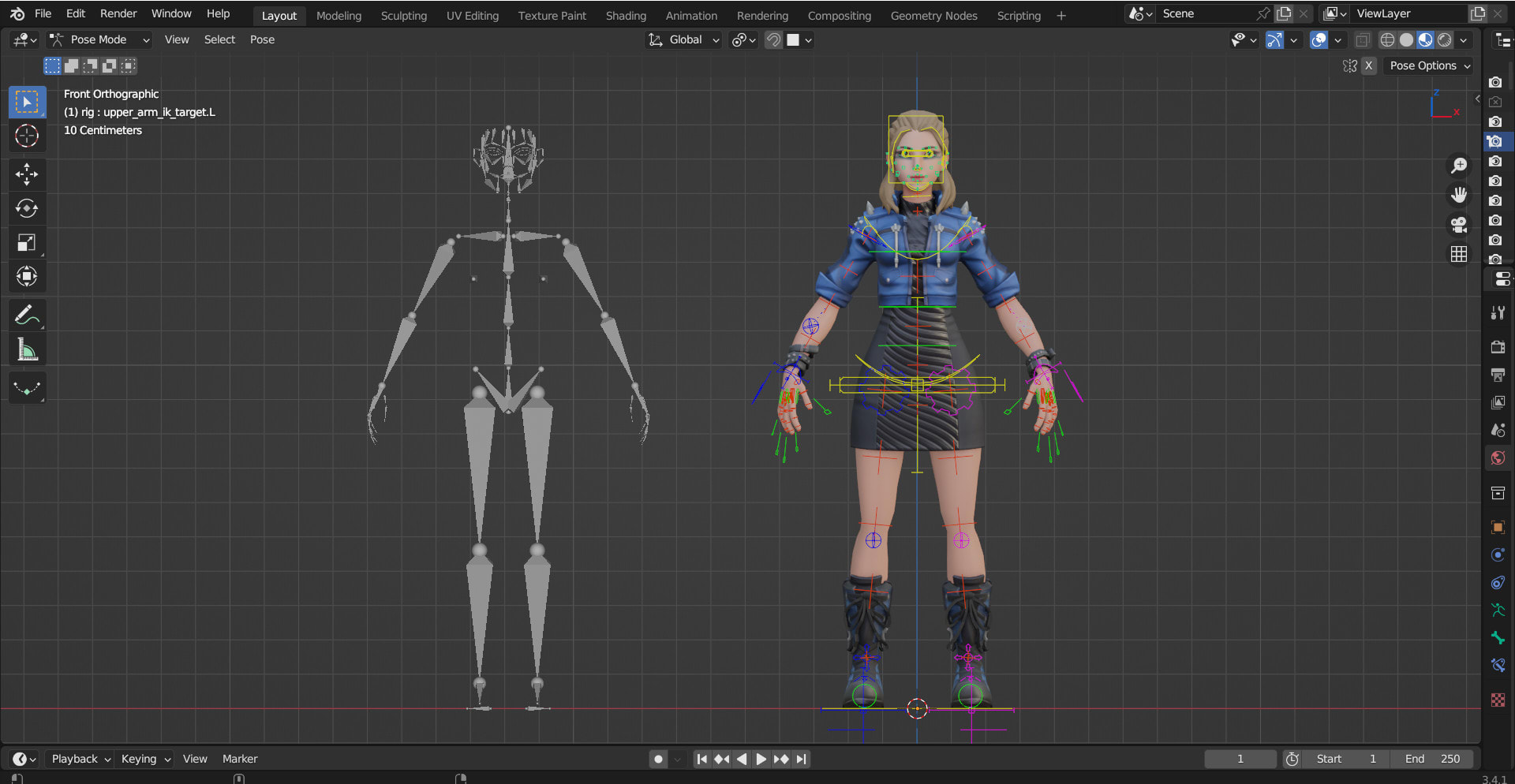
- rotoscopy
- noun
- Rotoscoping is an animation technique where artists trace over live-action footage, frame by frame, to create animated sequences. This process allows animators to capture realistic movement and action. While originally done with physical devices like rotoscopes, modern rotoscoping is primarily done digitally on computers.
- Example: The animation teams used rotoscopy to create more realistic character movements by tracing over live-action footage.
- en: rotoscopie
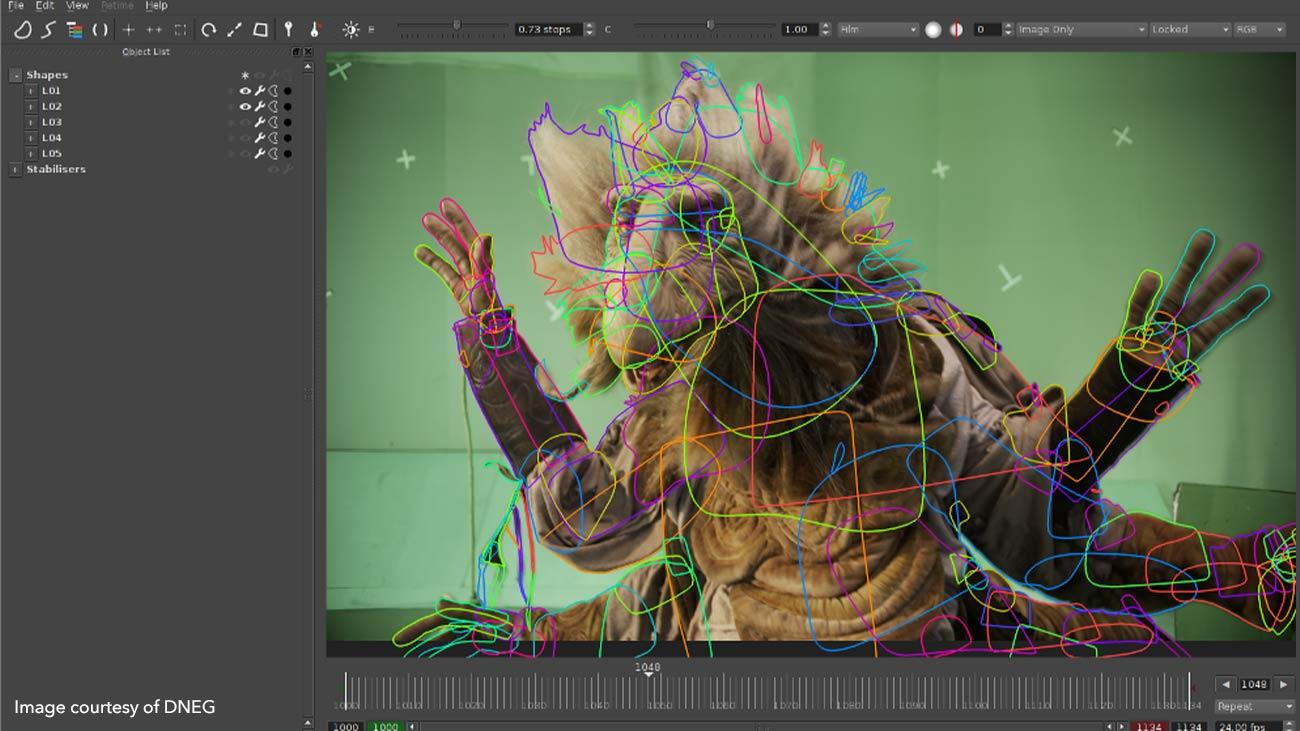
- scrum methodology
- noun
- A Scrum is a management framework that teams use to self-organize and work towards a common goal. It describes a set of meetings, tools, and roles for efficient project delivery. Much like a sports team practicing for a big match, Scrum practices allow teams to self-manage, learn from experience, and adapt to change.
- Example: The development team follows the Scrum methodology to ensure iterative progress and regular client feedback.
- en: méthodologie scrum
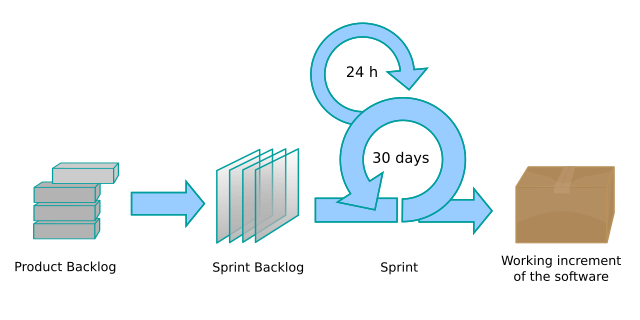
- tessellation
- noun
- Tessellation in 3D CG refers to the process of dividing a surface into a pattern of geometric shapes, typically triangles, without overlaps or gaps. This technique is used to increase the level of detail in 3D models, especially when close up, allowing for more complex and realistic surfaces. In rendering, tessellation allows for smoother curves and more finely detailed textures by dynamically subdividing flat surfaces into smaller polygons. This process is particularly important in video games and simulations, where it helps create more realistic environments and characters. Tessellation can be controlled by the graphics hardware, which adjusts the level of detail on-the-fly based on the viewing distance and angle, optimizing performance while maintaining visual quality. It’s a key component in modern graphics pipelines, contributing significantly to the realism and visual richness of 3D rendered scenes.
- Example: Tessellation improves the game's graphics by dynamically increasing the detail of 3D models as the player gets closer.
- en: tessellation

- user experience
- noun
- User Experience (UX) in Game Development refers to the overall feelings, perceptions, and responses a player has when interacting with a video game. It encompasses every aspect of the player's journey from launching the game and navigating menus to exploring gameplay mechanics, narrative, controls, visuals, audio, and emotional engagement. In the gaming context, UX focuses on creating an immersive, intuitive, and enjoyable experience that keeps players engaged, challenged, and emotionally invested. Unlike traditional software UX, game UX must also account for elements like fun, flow, challenge, motivation, and player satisfaction.
- Example: In game development, creating a smooth and engaging user experience is essential to keep players immersed and coming back for more.
- en: expérience utilisateur

Comments
Post a Comment